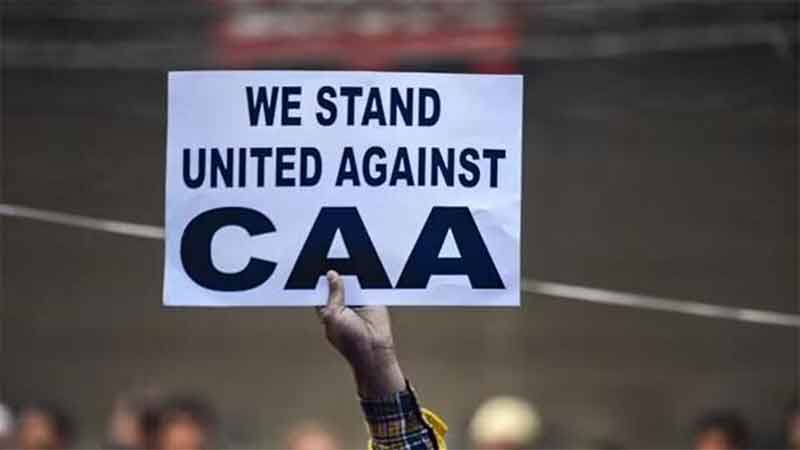
News reports of “starvation deaths” have been coming in a steady trickle over the past few years. One particularly tragic episode was that of eleven-year old Santoshi Kumari in Jharkhand. She died one year ago, on 28 September, begging her mother for rice as she slipped into unconsciousness. It was later learnt that her family had lost their ration card because it had not been linked with Aadhaar (in mid-2017, the Jharkhand government mass-cancelled Aadhaar-less rations cards).
On the occasion of Santoshi’s death anniversary, we compiled the attached list of reported hunger deaths from 2015 onwards. By hunger death we mean that the victim died after prolonged hunger because there was no food or money in the house, and that, quite likely, he or she would have survived otherwise. This is a partial list, based on Google searches in the English and Hindi media.[1]
As many as 56 hunger deaths (at least) were reported in the last four years, of which 42 happened in 2017 and 2018. This is a telling reminder of the precarious living conditions of the Indian poor. Many of them depend critically on social security pensions and the public distribution system (PDS) for their survival. Denial of PDS rations or pensions accounts for most of the hunger deaths. Most of the victims are from disadvantaged groups, e.g. Dalits, Adivasis and Muslims.
Out of 42 hunger deaths in 2017 and 2018, a large majority (25) were related to Aadhaar. At least 18 of these deaths were directly due to Aadhaar (see the rows in yellow highlight and bold). Common reasons include losing one’s ration card or pension for lack of Aadhaar linking, and failure of Aadhaar-based biometric authentication (ABBA), which is compulsory – for practical purposes – in several states. Another 7 deaths were possibly related to Aadhaar (rows with only a yellow highlight). These are mainly cases where a person was denied PDS rations or a ration card for unspecified reasons, which are likely to be related to Aadhaar in some cases at least.
Reports of hunger deaths are particularly frequent in two states: Jharkhand and Uttar Pradesh (16 cases each). In Jharkhand, ABBA is effectively compulsory in most ration shops. Uttar Pradesh has implemented the National Food Security Act in a belated and haphazard manner.
In a healthy democracy, hunger deaths would make headlines and become a matter of debate and action. Some of the cases reported here did receive some attention, but even those did not lead to the sort of sustained pressure that would force the government to do what it takes to prevent hunger deaths. Most of them barely made it to the “news ticker” of fast-paced breaking news. And despite growing evidence of the counter-productive role of ABBA in the PDS, the central government persists in its determination to make it compulsory across the country.
| Number of reported hunger deaths | Aadhaar-related deaths | Aadhaar in PDS/pension? | |
| 2015 | 7 | 0 | No |
| 2016 | 7 | 2 | Some states |
| 2017 | 14 | 11 | Yes |
| 2018 | 28 | 14 | Yes |
Detailed report can be downloaded here (PDF)
This table was prepared by Reetika Khera and Siraj Dutta, with contributions from Swati Narayan and the right to food campaign in Odisha, Jharkhand, West Bengal and Delhi.
[1] For Jharkhand, detailed reports based on independent investigation are available (see last column of detailed table). The circumstances of starvation deaths, and the role played by Aadhaar, are reasonably clear from these reports.













































